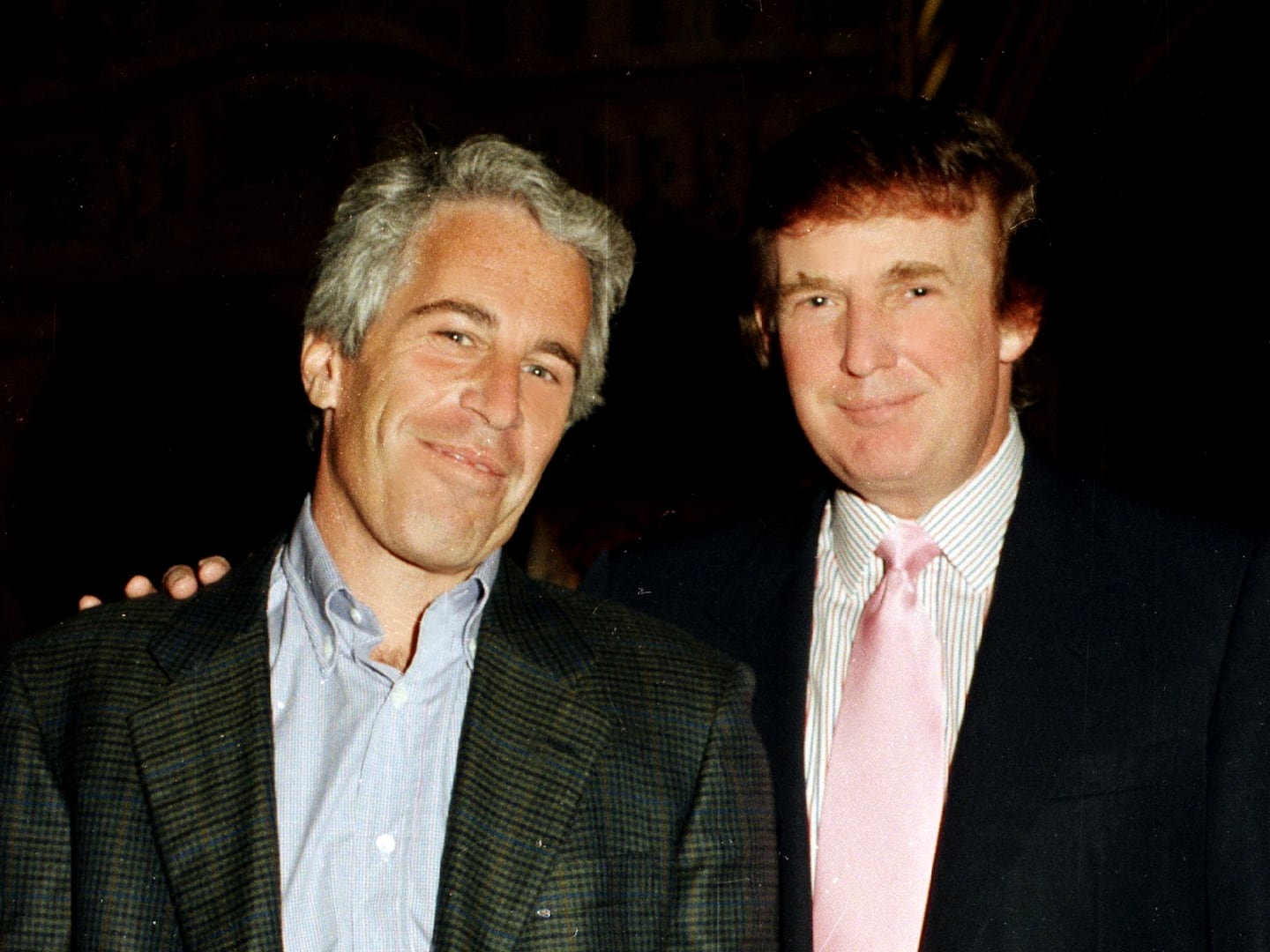Princella Zeno wants her feet rubbed. She plonks one foot right in front of her husband Lamont’s hand. His momentary intention to resist this silent request—a “like, seriously?” pause—is met by an emphatic glance from his wife which makes it clear her foot is there to stay. And it requires rubbing.

The funniest moments on Bravo’s The People’s Couch are not necessarily the snarky or outrageous reactions people have about the TV shows they watch, but the way they watch TV itself. It’s a simple idea, franchised from the hugely popular British show, Gogglebox (the British colloquial word for television): place robotic cameras on top of the TV to watch viewers respond to what is on TV, and record not just off-the-cuff outbursts, but also how they tune in. So, we are watching them watching TV. Soon, there will be a show of us watching them watching TV, and so on—until we all become self-regarding motes of dust.
Inevitably, the participants of the British show have become stars in their own right, and the critically acclaimed show—this week it won a prestigious Royal Television Society award—has a gritty feel, with lots of images of broodingly dark British streets at night and cozily un-grand living rooms. The American one, filmed in Los Angeles and its environs, is much more swish and Bravo-y. And yes, the participants are more telegenic.
The US version features eight groups of TV watchers all watching the same shows. The series featured are deliberately split between hot-right-now (ie, The Voice), and the slightly offbeat one you may have heard of, but not seen (ie, Believe). “To me, it has a viral video quality to it,” says Ryan Flynn, the show’s executive producer and Bravo’s VP of Production. “You’re laughing at someone who is laughing at something else, and you really relate to them too.”

My favorites are three women who watch together from a retirement community: Ayn Phillips, Teddi Shattuck and Sue Mavro. Of Keeping Up With The Kardashians, Mavro notes dreamily: “I can see how you become hooked on this,” earning looks of consternation from her two buddies: “How so?” one of them asks, pretty disgusted.
These ladies are trash-omnivores: They all eat cookies happily in front of the far more calamitously conceived Rich Kids of Beverly Hills. Open-mouthed at the car-jumping, body-shattering exploits of the stuntmen featured in Heirs To The Dare, Phillips says, “This is right up there with wrestling.” No, one of her friends says, “Wrestling isn’t real. This is real.”
For Flynn, the show reveals the viewers’ passion for television: “I look at it as one of the funniest sitcoms on TV. You know it’s going to be on for half an hour, and that you’ll laugh.”
He’s right. You do. The zingers sound so right, the pauses between looks are so authentic, and the delivery so polished it’s hard not to suspect that some of The People’s Couch has been scripted or directed. That notion, of course, is roundly denied by Flynn. The genius lies in the editing room. “It is absolutely unscripted. They are watching TV. There are cameras watching them. There are no cameramen or producers in the room. It is very naturally unfiltered.”
The producers’ only intervention is to choose the shows the participants watch every week, and then edit the result. Otherwise we see them drinking, eating, sprawling, tapping away on phones, all the things the prone couch potato does to merit that moniker.
The show features a variety of domestic configurations, except—and I wonder if this could ever work—the single person, as many of those watching TV are. Instead, the show proposes, radically, an old model of gathering together to watch TV, rather than the much-vaunted modern model of TV on-the-go, watched in transit or solitarily.
The most curious, and curiously moving family are the Egbers—dad Andrew and mom Julie physically book-ending their teenage sons, Jack and Sam—who watch TV from a bed, swathed in rugs and pillows (fully clothed, we should add). It’s odd and lovely to see a family so physically intimate and friendly, and so uncreepy, the sons rolling their eyes so much at their father’s lapses in pop culture knowledge he does all he can to come to shows well-prepared.
“That is not their real house,” Andrew says of a Kardashian abode. “It’s fake—so no-one knows where they live.” “You seem to have been reading a lot about this,” his wife notes. “It was on Yahoo,” dad says, in the “like-duh” tone of his teenage sons. The Egber family consensus around Bruce Jenner was: “He’s becoming a woman.”

The Resnick family—Joseph, and three daughters, Rachel, Nicole and Sarah—watch The Bachelor finale, with one of the girls sweeping a red rose across her siblings and dad, intoning, “Guess what tonight is?”
In the home of three gay friends—Blake McIver, Scott Nevins and Emerson Collins (or Bitch Central as I call it)—who are also watching the final rose ceremony, when the camera hovers over finalist Claire Crawley walking to meet the universally despised Juan Pablo Garavis, one of the boys (they are a fearsome, sharp-tongued triple tag team), sighs: “You must walk across the dirt in heels.”
It was fun watching general disgust register across multiple homes over Garavis’ various pratfalls and dumbass pronouncements. When he awarded a red rose, rather than a wedding ring to “winner” Nikki Ferrell, the sisters Kenya Ye’vette Taylor and Amanda Morrison, gloomily noted: “I feel so bad for her. You give me a rose, with my family watching?”
Tania Alexander, the British Gogglebox executive producer, says the concept was born after her colleague, Tim Harcourt, the head of development at the production company Studio Lambert, noted how much of the continuous TV coverage of the London riots he had watched in 2011. He imagined watching people watching TV, then recalled The Royle Family, the lionized British sitcom which revolved around a family watching TV together, gossiping on the sofa. The comedian Harry Hill, whose TV Burp show was a zinging, funny review of that week’s TV, also sprang to mind: Alexander and Harcourt wanted to recreate a hybrid of these influences using the tone of “real” people.
The first season debuted last year, attracting 800,000 viewers. Now in season three, and upgraded from Wednesday evening to Friday night primetime, Gogglebox’s most recent episode attracted 3.5 million viewers. The series has earned the rare distinction of being as adored by critics as well as viewers.
“It was a word-of-mouth hit,” Alexander says. “The press wouldn’t go near us at the beginning. It exploded on Twitter.”
She “rigorously” ensures the participants, who have thousands of followers on Twitter and have become celebrities in their own right, do very limited public appearances on TV and in the press. Alexander doesn’t want her show becoming a bombastic Big Brother. She and her team rigorously edit material to ensure that, if they are reveling in their new-found fame, the participants aren’t then playing up to the cameras. “The key to the show, to building towards the big lines, is in the pauses, the slowness,” she says. Gogglebox, which is an hour-long, is pivoted on the newsiest British television of the week, and edited right up to broadcast.
In addition to bringing it to the US, Alexander has received interest in replicating the show in Australia, Canada, Israel, China, and—although they may be focused on other matters right now—Ukraine. She thinks the show could “run and run,” and as long as she has control of it, and it doesn’t become a shrieking pantomime as so many reality formats do. She hopes it retains a genuine realness, “which is what audiences respond to,” alongside its levity.
Back on The People’s Couch, best friends Brandy Howard and Julie Goldman, whose little dogs are used brilliantly as props, drink Pinot Grigio in homage to Ramona Singer’s apparent reliance and relentless marketing of the stuff on The Real Housewives of New York.
On the gay couch, the question is raised, “Where would the Housewives franchise be without alcohol?” Collins responds, wonderfully: “They’d be a bunch of lovely, cultured, intelligent women articulating thoughts about life and the world.” A beat passes. “Who’d want to see that?” says one of his buddies.
Of the strange little girl in the new science fiction show Believe, Brandy Howard notes, puzzled (as you are as a viewer watching these insane shows): “She’s telekinetic…and psychic…and all those things?” almost as a question. Howard is also alarmed by the many pigeons in a bare loft, surmising at some point they will fly and poop everywhere, and so when the little girl protagonist lets out her distinctive piercing scream, Howard says, smugly, “See,” and makes to duck from the inevitable poop.
In Bitch Central, Collins grits his teeth: “If I have to watch little girl scream every week, I can’t do it.”
But of course, viewers do return to these shows, and now with The People’s Couch, we’ll watch them, recognizing in their engrossed, bored, open-mouthed, upset, hysterical, or dismissively eye-rolling expressions our own reactions to watching television. As they watch celebrities, they become celebrities, and we watch their expressions reacting to TV shows with a similar range of expressions.
All this observation and self-observation possibly says something very depressing about how insular and self-obsessing we are. But Gogglebox and The People’s Couch are also unique; an example of television becoming as self-reflexive as it can get, and yet—surprisingly and quite brilliantly—remaining the opposite of obnoxious.
The People’s Couch airs Mondays at 11:30pm on Bravo.






